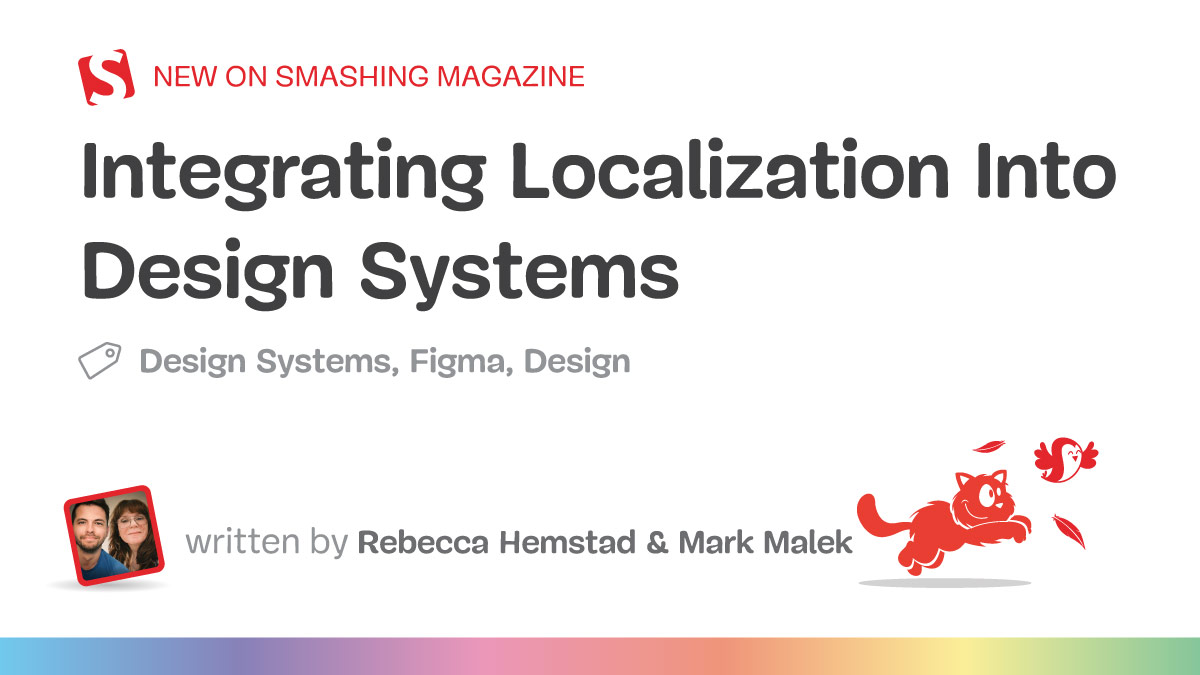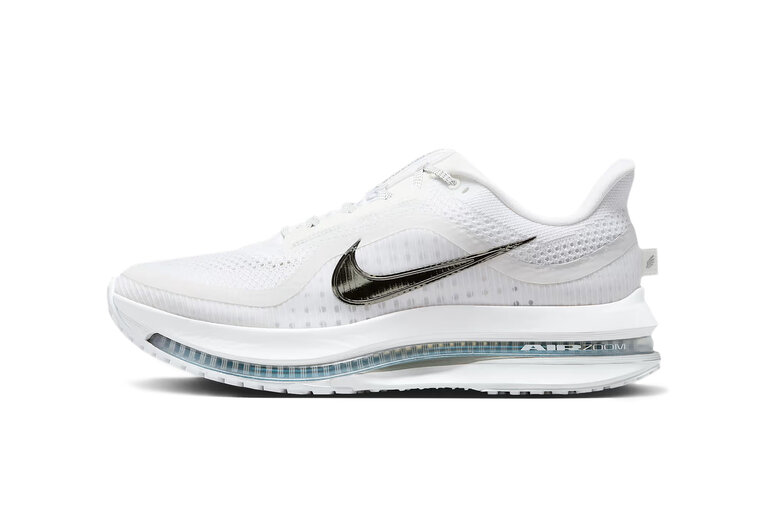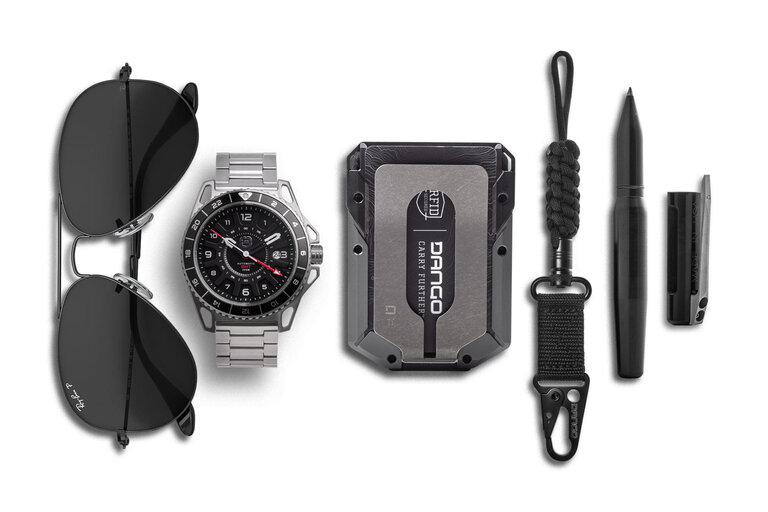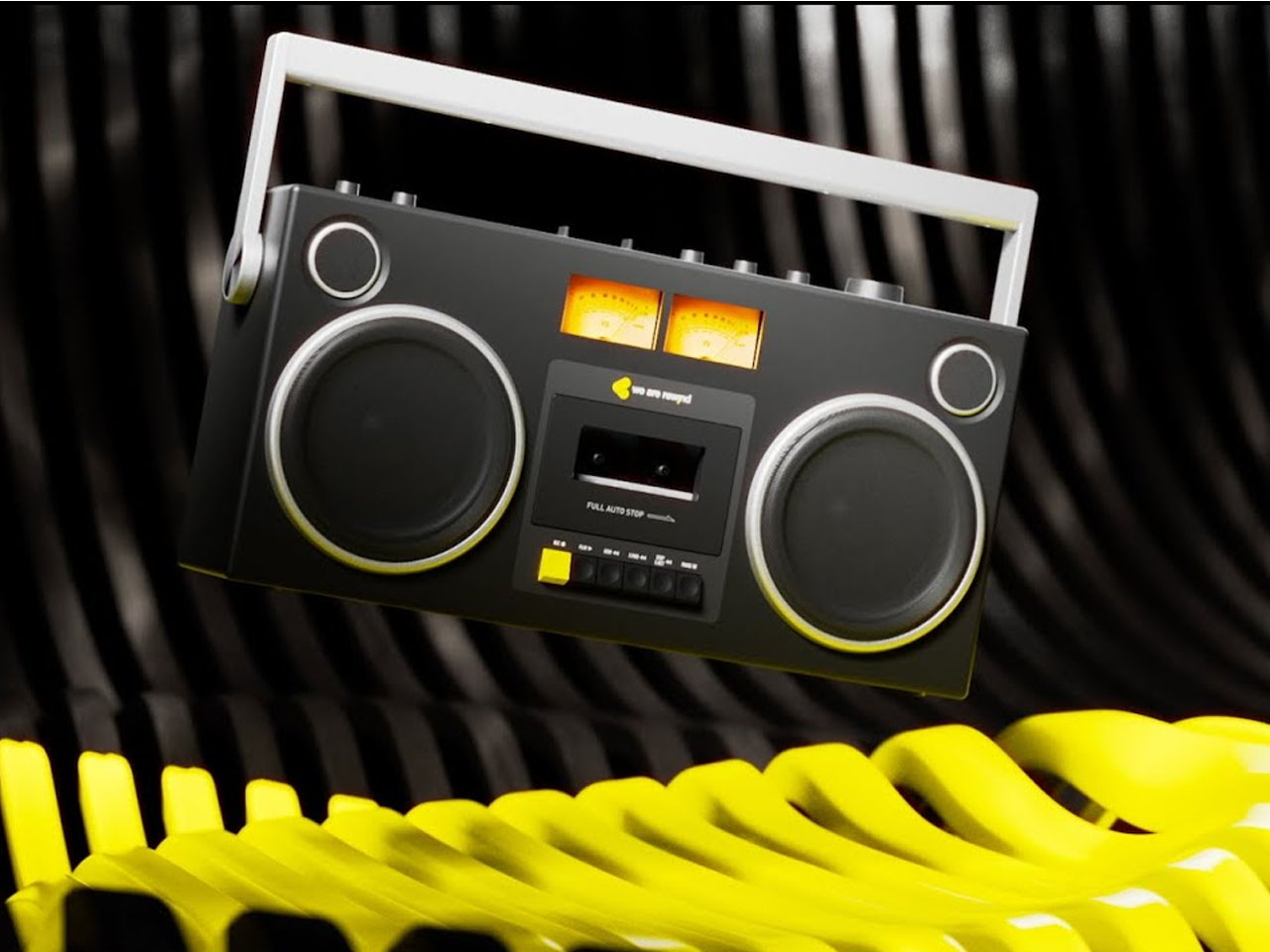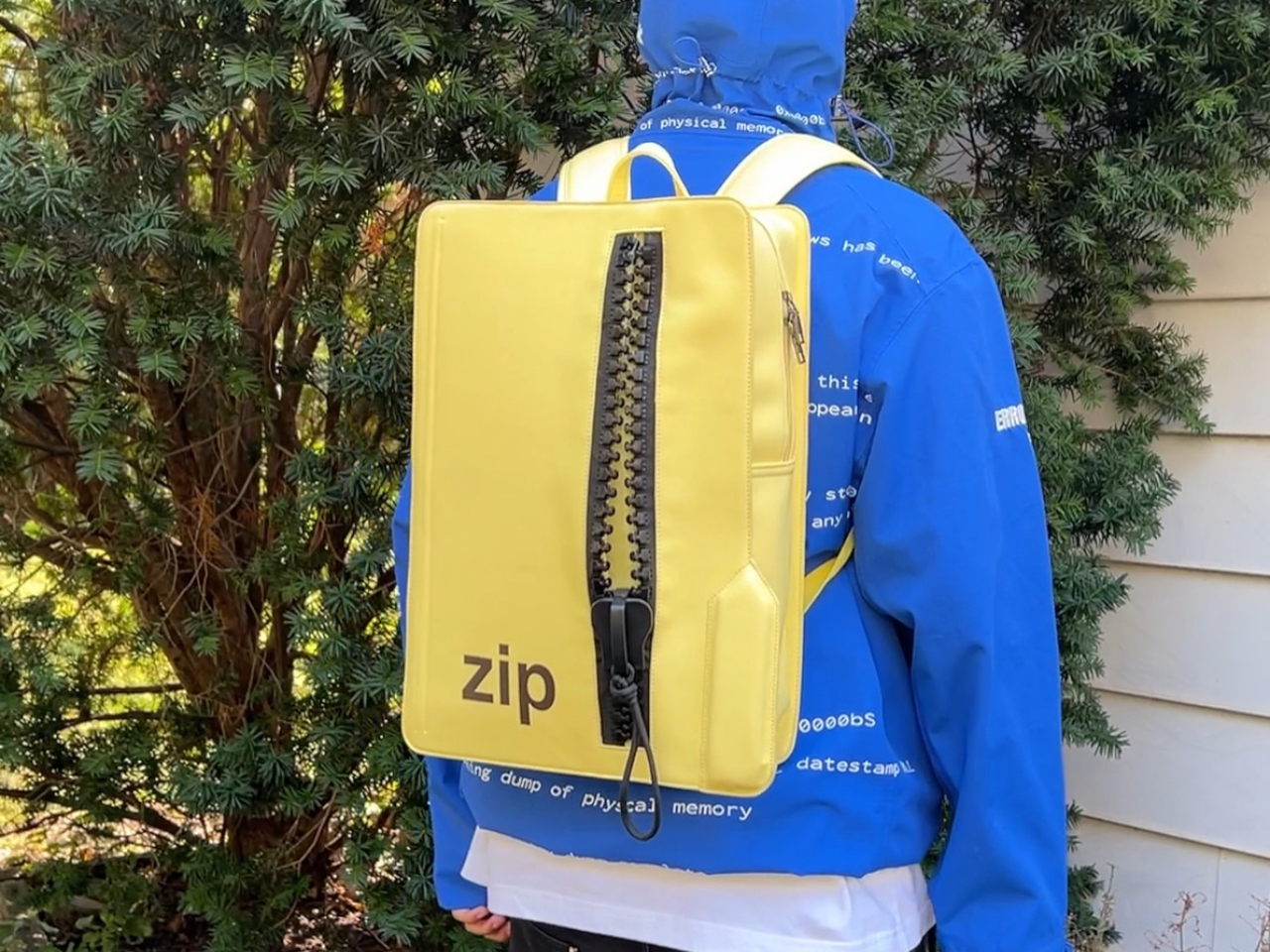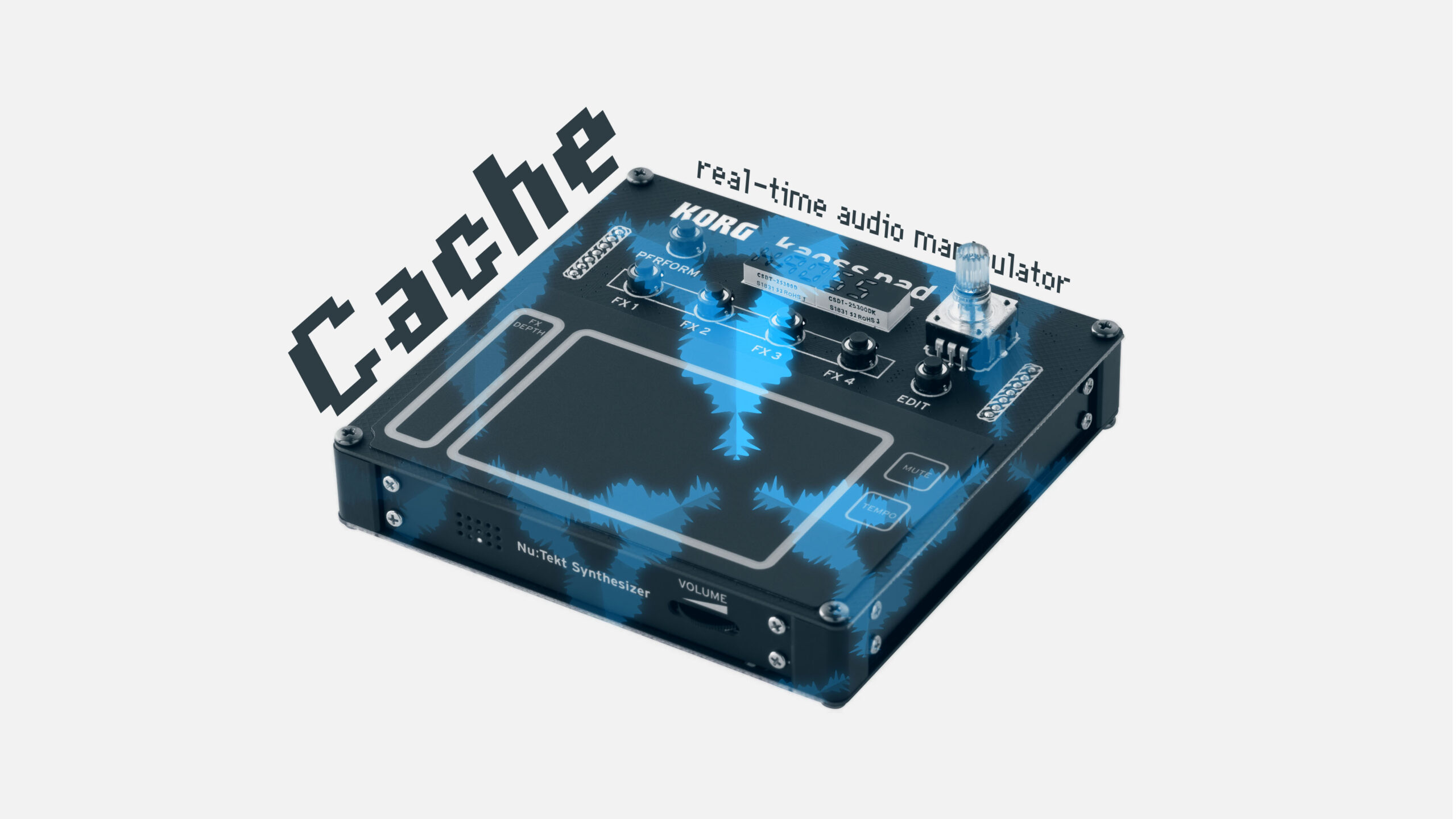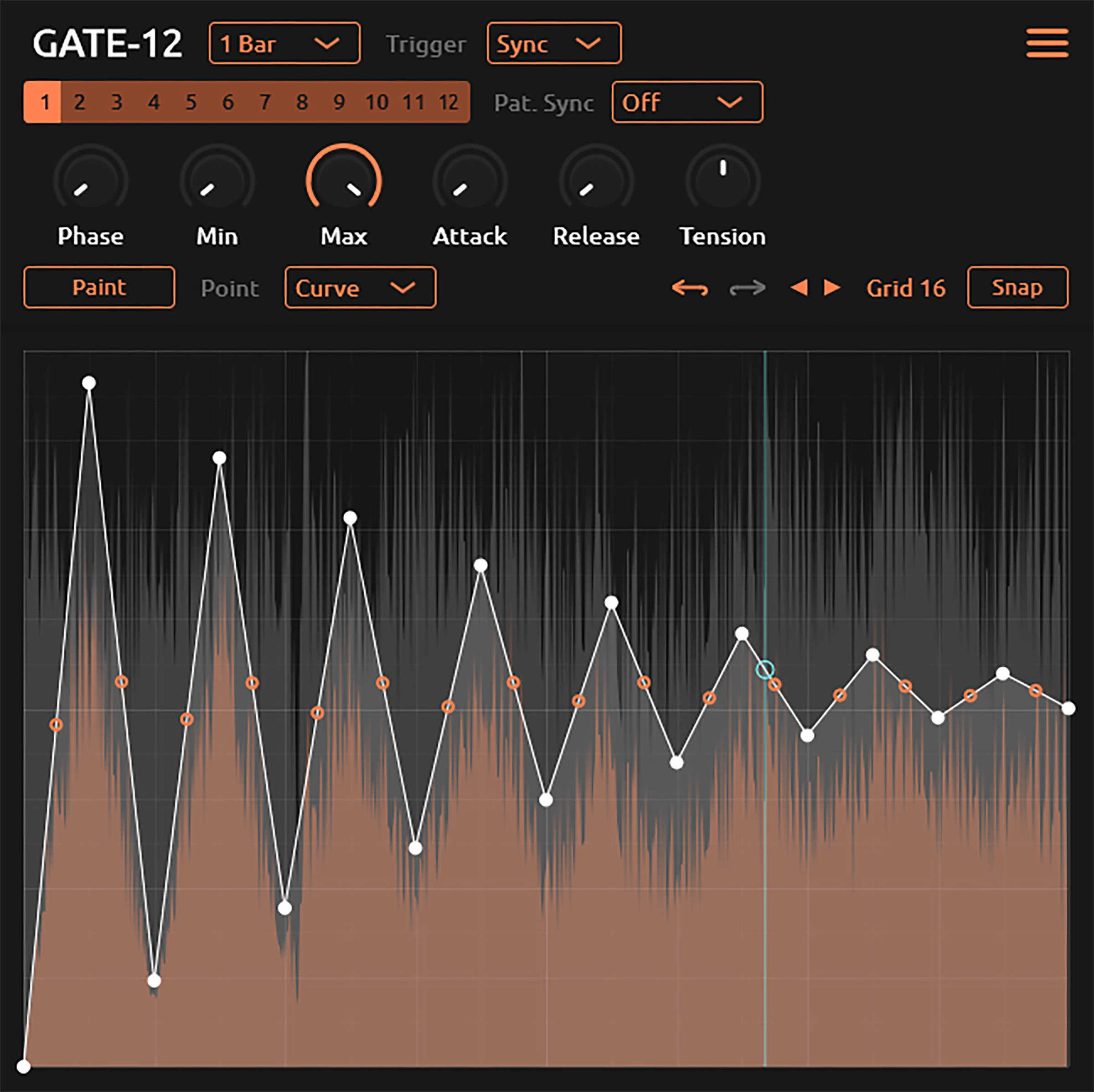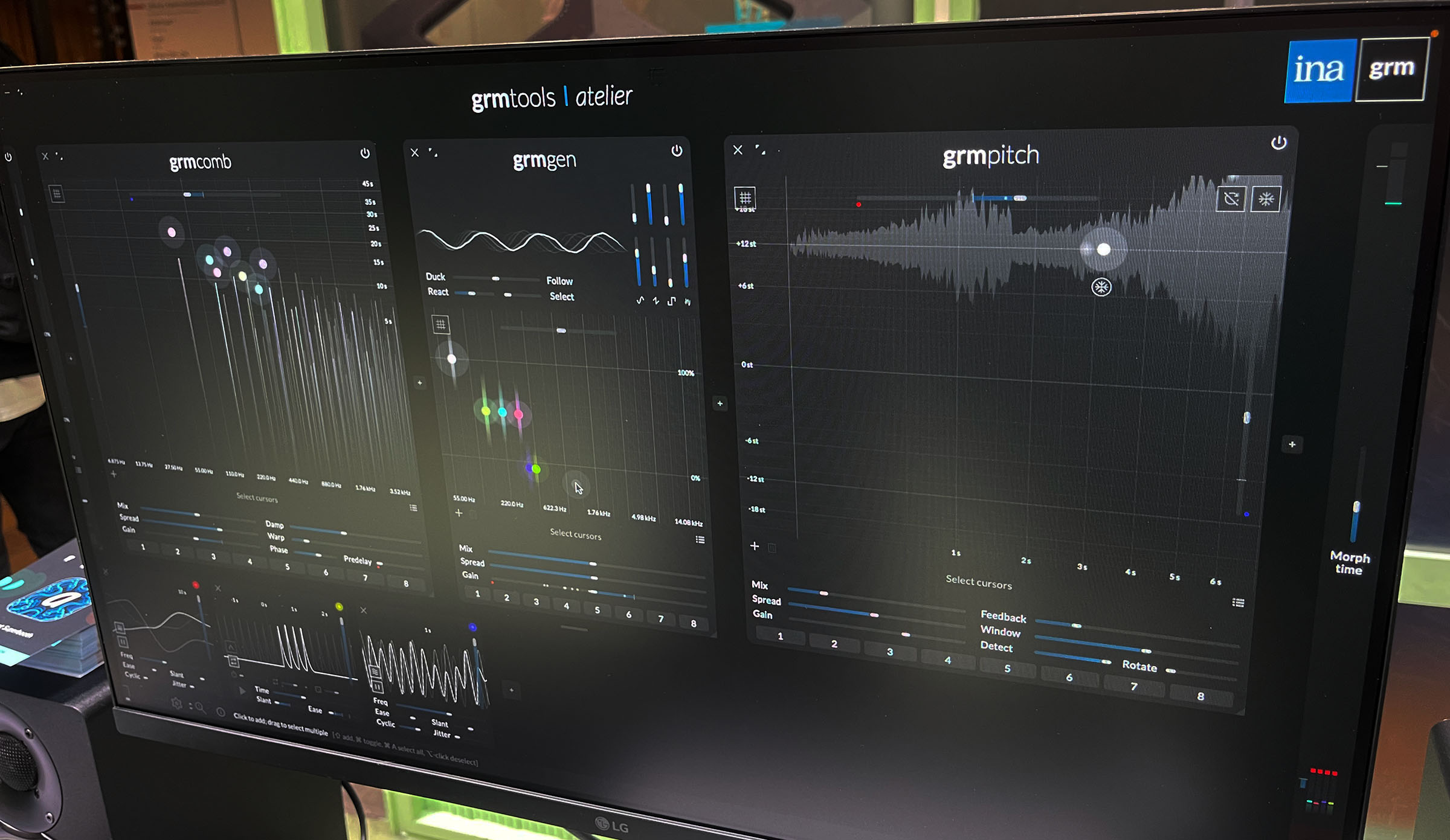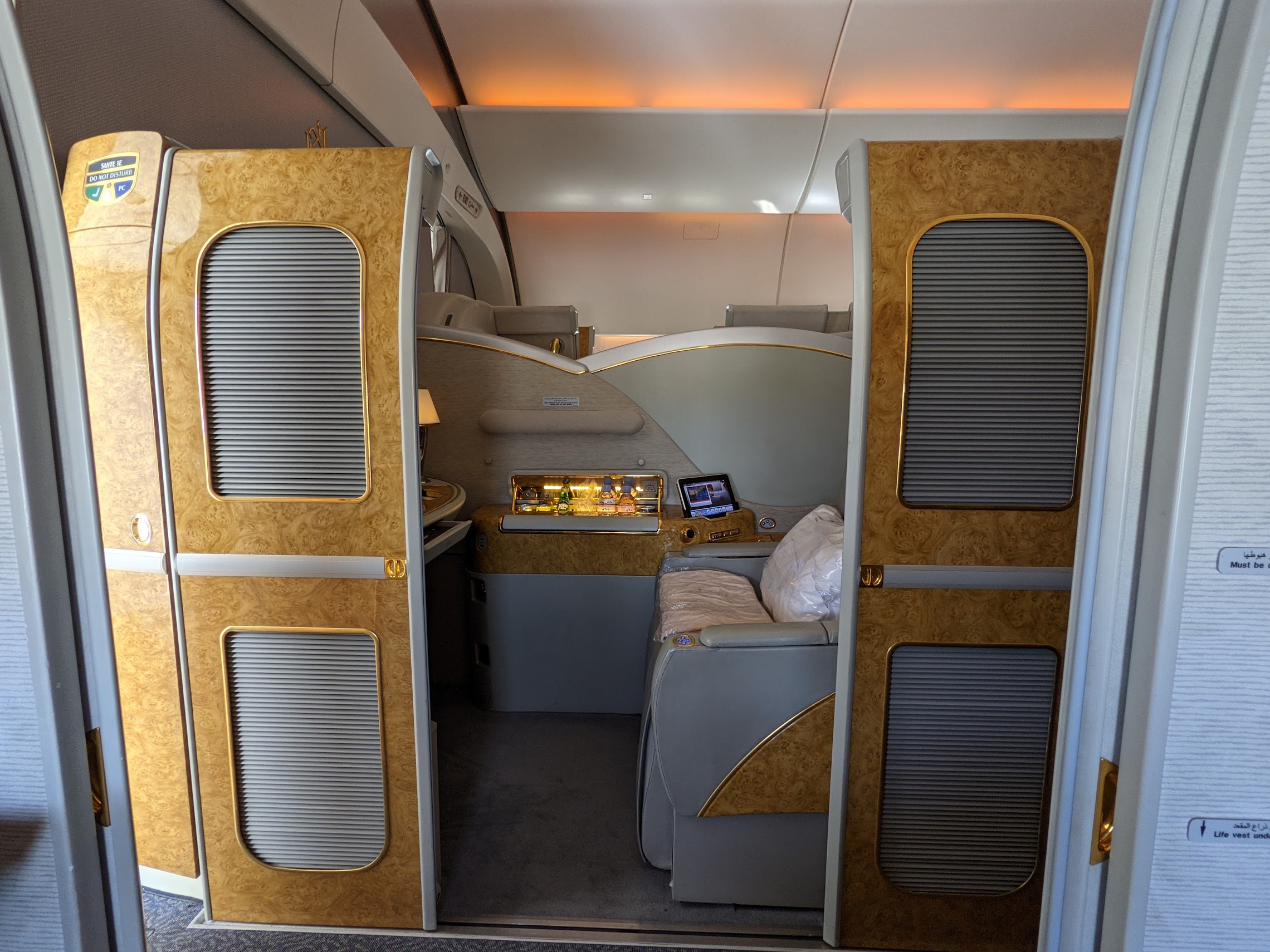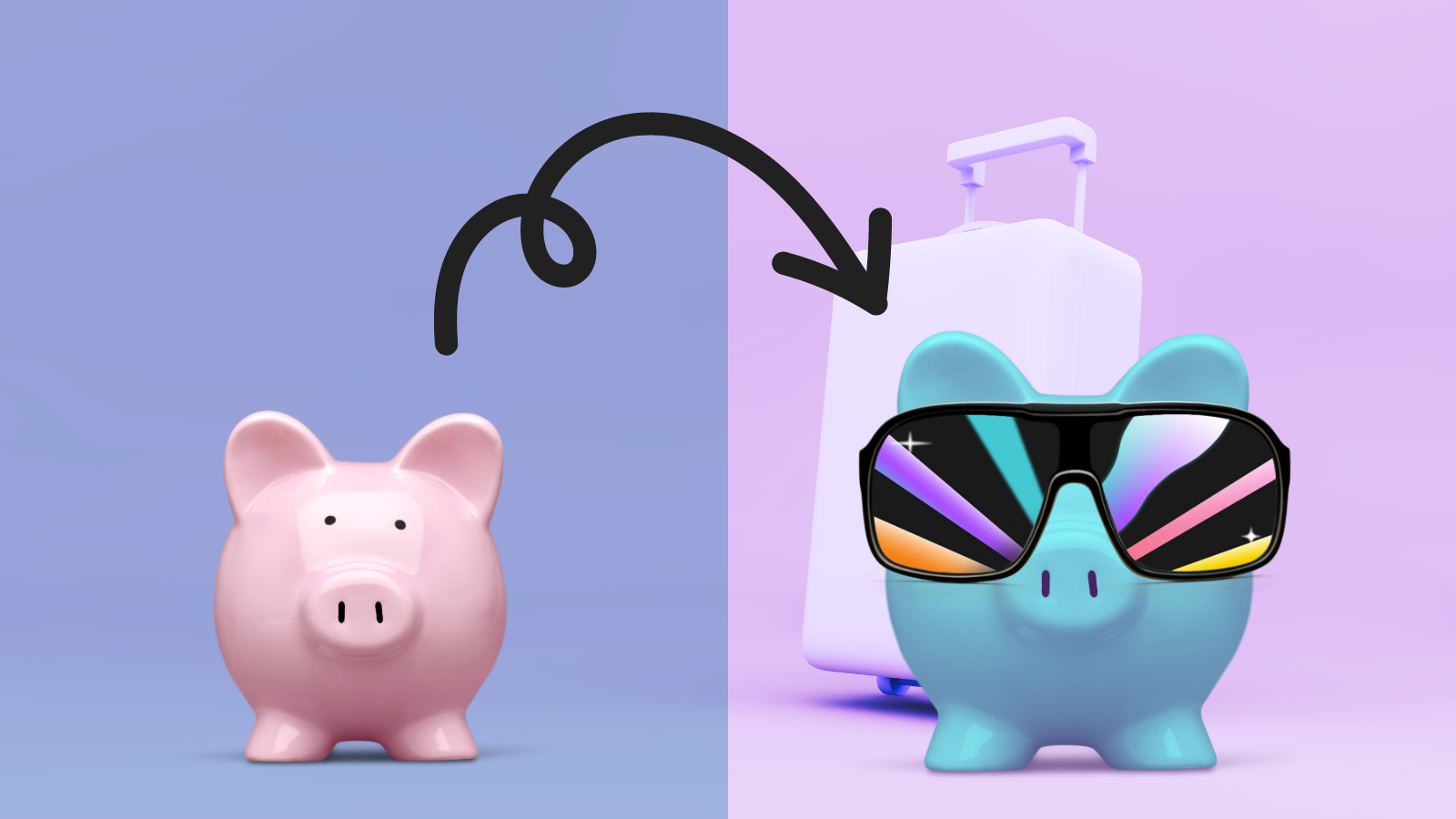Where is Spirit Airlines headed next?
This week, Spirit Airlines announced a number of big changes that make it more closely mimic a legacy carrier (albeit with a lack of partnerships). I got the chance to visit Spirit Central for the announcement and an interview with program leaders earlier this week, which yielded some additional information about the changes and products […] The post Where is Spirit Airlines headed next? appeared first on Frequent Miler. Frequent Miler may receive compensation from CHASE. American Express, Capital One, or other partners.

This week, Spirit Airlines announced a number of big changes that make it more closely mimic a legacy carrier (albeit with a lack of partnerships). I got the chance to visit Spirit Central for the announcement and an interview with program leaders earlier this week, which yielded some additional information about the changes and products announced — and the chance to pick up some hints about what is coming next.

Additional details about new Spirit changes
I was glad to get the chance to ask questions and learn more about how the new features will work in practice as well as what motivated them. This provided a bit more perspective on a number of the things announced earlier this week.
Additional legroom seating

Spirit announced a major change to their “Go Comfy” product that is coming very soon on most of their planes (to be installed in June and July 2025 on most of the fleet): Spirit is eliminating the blocked middle seat concept that is the current “Go Comfy” product and is will instead offer 42 “additional legroom” seats in its “Go Comfy” section. Each of these seats will include an extra 4″ of pitch.
When I heard that Spirit was adding legroom to seven rows of seats, I asked what that meant for legroom in their standard seats — would standard seats get smushed even closer together?
Chris Daugherty, Director of Guest Experience, Loyalty, and Co-brand at Spirit explained to me that there will be no change at all to standard seating. The math is simple:
- The current Go Comfy product reduces the number of seats for sale by 6 due to the blocked middle seat on either side of the aisle in the three rows of current Go Comfy.
- Instead, they can simply eliminate one row of seats (losing the same number of seats they previously “lost” with the Go Comfy product). Since Spirit offers 28″ of pitch in standard seats, this gave them 28″ of space from the eliminated row. Dividing that space over 7 rows of seats adds 4″ of pitch to each of the new Go Comfy seats.
In the end, they move from having 12 Go Comfy seats in the current blocked-middle-seat product to 42 Go Comfy seats with extra legroom.
The decision was made through a combination of data and demand. Spirit tells me that data they collected indicated that they needed more premium seating to meet demand (people wanted a more premium product that was less expensive than the Big Front Seat) and that members surveyed indicated that they preferred more legroom over a blocked middle seat (in fairness, it sounded like the numbers were relatively close on that preference. I can believe that type of thing probably does draw a relatively even split).
I have to believe that part of the motivation here is the fact that most other airlines are offering an extra legroom product. Even Southwest is introducing extra legroom next year. Spirit almost had to make a move here to remain competitive for the segment of customers who want and are willing to pay for more legroom.
Upgrade priority & tiebreakers
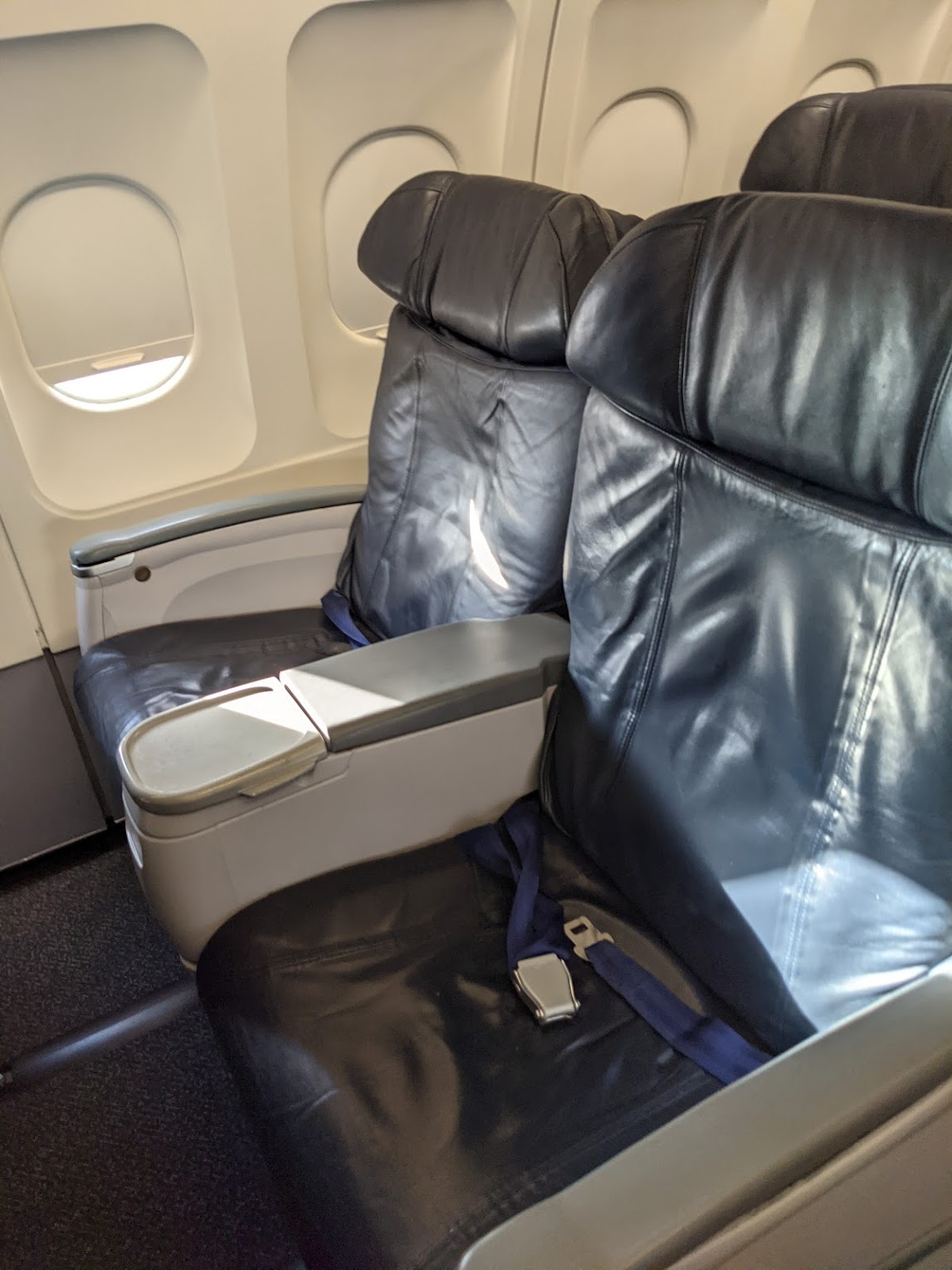
It was announced that those with Spirit Airlines elite status and credit card holders will now be eligible for upgrades to extra legroom (“Go Comfy”) and Big Front Seat (“Go Big”) at the time of boarding. “Free upgrades on Spirit Airlines” was in my opinion one of the most surprising things to come of this week’s announcement, though it makes a lot of sense.
I was able to ask more about how this will work, both functionally and from a prioritization standpoint. Here’s what you need to know:
- Upgrades will happen at the gate shortly before boarding. Essentially, this will work like a legacy carrier clearing an upgrade list, so you’ll know before you actually board if you have been upgraded.
- Priority order will be Gold members, then Silver members, then cardholders. For elite members, the credit card will be the first tiebreaker (which is to say that a Gold member who is also a Spirit Airlines Mastercard cardholder will get priority over a Gold member without the card). The next tiebreaker will be Status Qualifying Points (SQPs), which means that the elite member and/or cardholder with more SQPs gets higher priority.
All of the above is very similar to how things might work with a legacy carrier with the exception that, unsurprisingly, Spirit is not intending to upgrade anyone until they are absolutely sure that they haven’t sold the seats.
Note that for the immediate time being, only the status member qualifies for an upgrade, but starting in June 2025 it will be the status member + one guest on the same reservation.
Debit Card
It was announced that Spirit Airlines will be launching a debit card product in Fall 2025. I found this more intriguing than they probably expected, but I think that this could end up being interesting for a couple of use cases.
The debit card will be issued by a fintech company and will not have any account minimums, though it will charge a monthly fee of $6.99 per month. On the one hand, it sounds crazy to consider paying six bucks a month for a debit card. However, I am still intrigued for a couple of reasons:
- The debit card comes with all of the same perks as the credit card except for free checked bags (the Free Spirit Travel More Mastercard now includes 2 free checked bags). This means that the debit card will enable to cardholder to create a points pool and will get priority boarding.
- The debit card will only earn 1 mile per $2 spent on most purchases (which is very poor return on spend), but it will earn Status Qualifying Points at the same rate as the credit card (1 SQP per $10 spent). Those with high bills that can only be paid via debit card might enjoy the chance to pick up Spirit elite status.
I really like Spirit’s points pooling feature. My family has flown Spirit a couple of times over the past couple of years. We each have some Free Spirit points, but not enough in one account for them to be very useful. However, our combined balance would be more than enough for an award flight or two (maybe even in the Big Front Seat now that Go Big is a redemption option). If I had a near-term use for the pooled points, I might be willing to pony up $7 for a month or two in order to get access to pooling (and then if I don’t need it going forward, I imagine I could cancel the debit card account without needing to pay for a full year).
The same thing could be said for debit card spend. Some folks will find it possible to meet enough spend for status very quickly on a debit card by paying bills that couldn’t be paid with a credit card. To be clear, it wouldn’t make sense to use the debit card to pay bills that could be paid with a credit card at a better earn rate, but there are some situations where a debit card is required. Again, I’m not sure that it would be worth paying $84 per year for that opportunity, but it might be worth it for a couple of months in the right situation for someone who values elite status.
Flight simulator
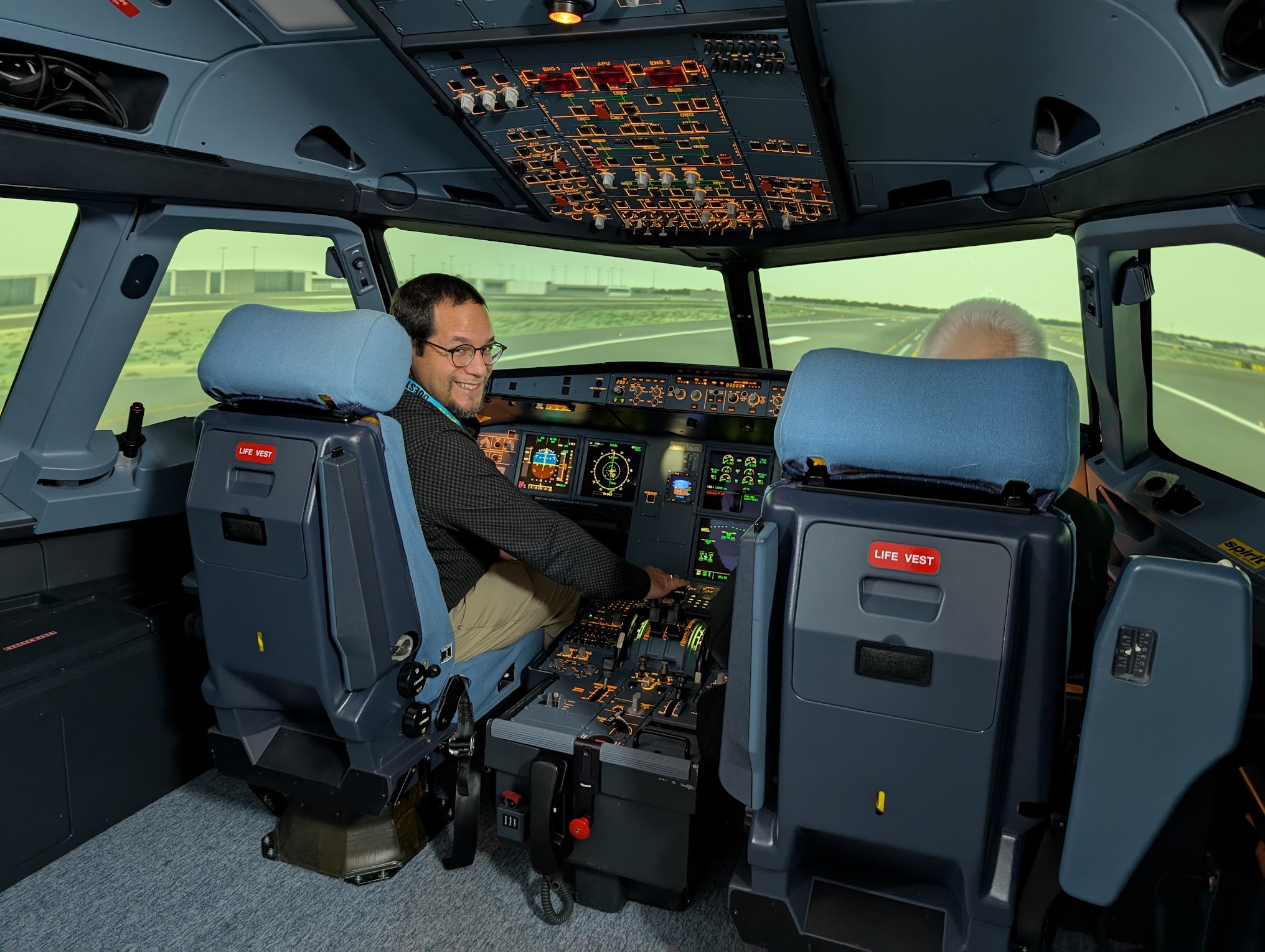
Spirit teased that they will begin offering members the chance to redeem their Free Spirit points for experiences like concert and sporting event tickets through an online marketplace. One of the more unique offerings they mentioned was a chance to use their flight simulators. While I initially thought this was a theoretical redemption they were using as an example of something they might offer, I actually got a chance to take a simulator for a whirl in a preview given to some members of the media and current Gold members.
While I am less of an “avgeek” (short for “aviation geek”, a term often used by enthusiasts to describe their passion for all things aviation-related) than some in this space, I thought it was pretty cool to sit in what amounted to an actual replica of a cockpit and command the controls. It was surprisingly easy to fly (with an instructor — I never would have had any clue what to do without an expert in the other seat) and the amount of work that the autopilot handles would probably ease the minds of many nervous flyers.
I expect that this redemption will be very limited (capacity-controlled both because they presumably use the simulators often enough and because of the labor cost of a person to program the simulator and help you fly it). Still, I imagine that some members will find this pretty exciting.
Spirit is trying to compete, but with who?
I had the chance to sit down with Rana Ghosh, SVP and Chief Commercial Officer of Spirit Airlines to discuss the changes. In that conversation, I asked with which airline(s) Spirit views as its main competitors and about the type of customer they are trying to attract with these changes.
Ghosh told me that Spirit views its core customers as still being primarily motivated by price/value and schedule, but he also made it clear that Spirit is interested in attracting some customers away from legacy carriers by offering additional legroom and elite perks. Essentially, Spirit already knows it can compete for customers who appreciate their pricing model in situations where Spirit can offer the schedule that those customers want. Presumably, Spirit already gets enough market share in standard economy seating but they feel like they can go after more customers in the premium segments.
Reading between the lines, the premium segment customers are more profitable. I asked about the ability to add just a Go Comfy seat or just a Big Front Seat rather than needing to pay for a bundle that included a free carry-on, etc. While the idea was not dismissed entirely, it sounds like Spirit intended to bundle those things with the justification that most customers paying up to a premium product were already buying perks like a carry-on bag and Spirit was trying to reduce the number of decisions in the booking flow. To that last point, one of my biggest annoyances with ultra low cost carriers is the number of steps between a flight search and the chance to pay for what I came there to buy since they tend to pop up with one opportunity after another to add to the price.
To some extent, I can appreciate that Spirit is reducing some of that friction. However, they are obviously also increasing profitability in getting extra legroom customers to pay for perks whether they use those perks or not.
Hints about what happens next
Over the course of my time at Spirit Central and in the course of conversation with numerous representatives, I was able to pick up some hints about yet-to-be-announced changes coming in the future.
The move from 12 blocked-middle seats to 42 extra legroom seats combined with upgrades for elite members represented a shift in strategy to attract more premium-focused customers. Along with that, I was curious about whether we might see an additional credit card product — and whether the introduction of two free checked bags would increase the cost of the current credit card.
I was told that the current card will not be increasing its annual fee at this time (I’m not confident that it won’t change at some point), but it sounds like there will be some type of premium credit card product coming very soon. I don’t have a timeline or an idea as to the perks, but I expect we will see movement here this year. I do have to wonder what a new product would look like, but with Bank of America and Alaska set to launch a premium card this summer, I am not entirely surprised that this is something in the works with Spirit as well (since Bank of America issues cards for both airlines).
Perhaps even more intriguing is that it sounds like we will soon see points transfers to Spirit Airlines. Nothing official was shared about this, so I do not know which types of points may soon transfer to Spirit. The smart money would be on Bilt Rewards as the most likely partnership, but I’ll be intrigued to see whether they partner with some other program, whether that is a traditional transferable currency or a hotel partner, etc. I don’t know what will happen here, but I am hopeful that it provides an avenue through which to earn points at a more reasonable rate than 1x.
Is this exciting?
Spirit Airlines is obviously making changes to compete differently than they have traditionally. There is no doubt that the introduction of more premium products, upgrades, the ability to redeem points for premium seats, and perhaps a new credit card and points transfers represent a sizable set of changes. But should we be excited about this?
On a surface level, I am not any more excited about Free Spirit points than I was before, and I certainly don’t think it makes much sense to spend on the Travel More Mastercard. That is because Free Spirit points have a relatively fixed value somewhere between 1c and 1.25c per point (we will soon work on a Reasonable Redemption Value for Spirit points to be able to talk about that more accurately). Spending at 1x on a credit card is like earning 1% to 1.25% back on most purchases. Someone who wants to buy Spirit Airlines flights with their rewards would be better off getting a credit card that offers 2% cash back and using the cash to buy Spirit tickets — they’d get almost twice as much return on spend.
The two free checked bags certainly go a long way toward mitigating the annual fee on the credit card for anyone who will fly Spirit at least once a year (and check bags), so it certainly might make sense to get the card. It won’t make sense to spend on it at 1x so long as ~1.25c is the best you can do in terms of value for the points.
If Spirit Airlines Free Spirit becomes a transfer partner of a major transferable currency, will it be worth transferring points to Spirit?
I think this becomes a potentially interesting if not exciting proposition. I rarely consider redeeming points for less than 2 cents per point in value. However, most of our airline Reasonable Redemption Values are 1.3 cents per point or less, meaning that an average customer making an average redemption is probably getting around that value out of their airline miles (particularly for domestic award tickets). Our RRV for Delta Skymiles is only 1.1c per mile. I imagine that many readers redeem miles for domestic flights at a value somewhere around 1.2c or 1.3c per point. If your options are to transfer to a legacy domestic airline for 1.2 or 1.3c per point or you can transfer to Spirit and get similar value toward a flight you want, and if you’ve been earning most of your points through welcome bonuses / category bonuses / referral bonuses / etc (and perhaps from paying rent if my hunch is correct and they partner with Bilt), then I could see the use case for transferring to Spirit if they also offer the schedule you want.
I think that is particularly true for those who like the Big Front Seat or extra legroom seats. Since Spirit tends to have significantly lower pricing on the routes it serves, I imagine that in many cases it will be possible to redeem far fewer points for an extra legroom or big front seat than one would need to redeem with legacy carriers. To be clear, that won’t always be a good deal and it wouldn’t be my preferred type of redemption since I would generally rather pay cash than only get ~1.2c per point in value. At the same time, if I am points rich and could get a Big Front Seat on a 2-3 hour flight for 12K or 13K points, I could imagine being tempted by that.
To be very clear, tempted is not the name as excited. I wouldn’t even be considering a transfer in situations where points are only worth 1 cent each. And at 1.2c, it would feel like a very suboptimal redemption as compared to my preferred redemptions for international business and first class. However, for someone who primarily travels domestically and usually redeems points at around 1.2-1.3c per point, I think it will be nice to have another option for points redemption.
Spirit will continue to have its same limitations: if your flight gets cancelled, you will likely be stranded without an easy method of recovery (particularly in situations where they only offer a few flights a week). A lot of the bells and whistles will continue to cost more. These changes don’t solve those problems. But for those who are less concerned about irregular operations, Spirit might be moving in the right direction.
The post Where is Spirit Airlines headed next? appeared first on Frequent Miler. Frequent Miler may receive compensation from CHASE. American Express, Capital One, or other partners.






![‘Blood, Sweat, Tears… and More Blood’ Documents the Making of Indie Horror-Comedy ‘Cannibal Comedian’ [Trailer]](https://bloody-disgusting.com/wp-content/uploads/2025/05/cannibalcomedian-mask.jpg)













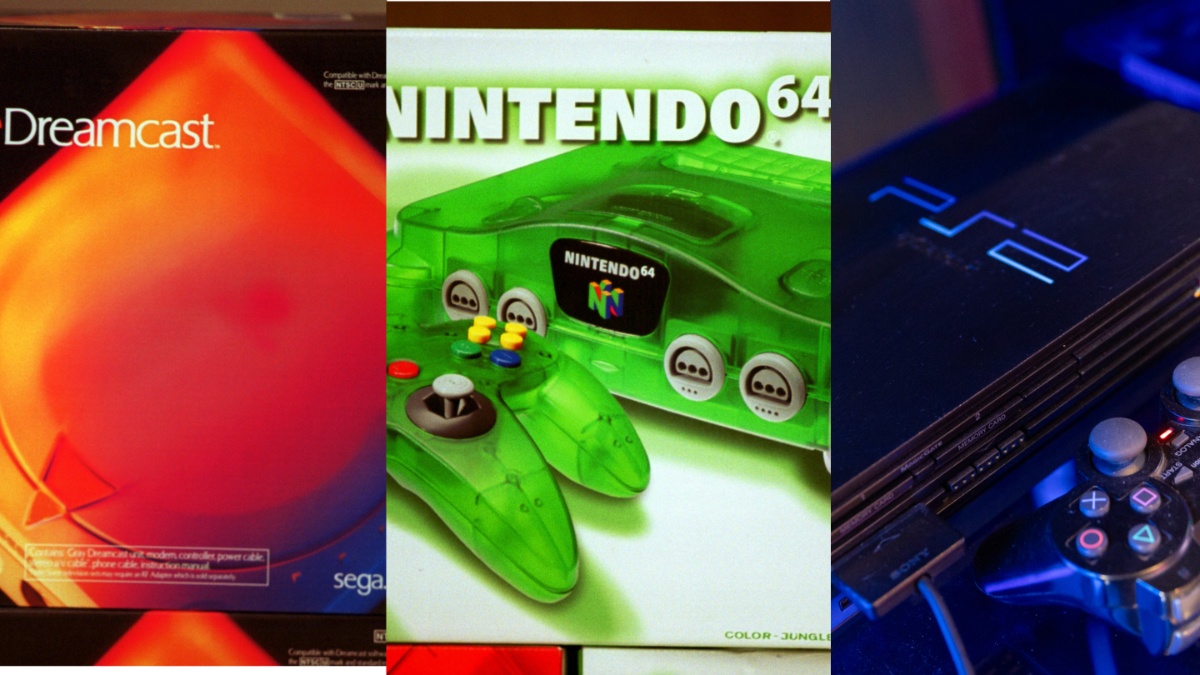

































![Pieces of Masterpieces [MEDEA & SUNDAY]](https://jonathanrosenbaum.net/wp-content/uploads/2011/04/medea.jpg)
























































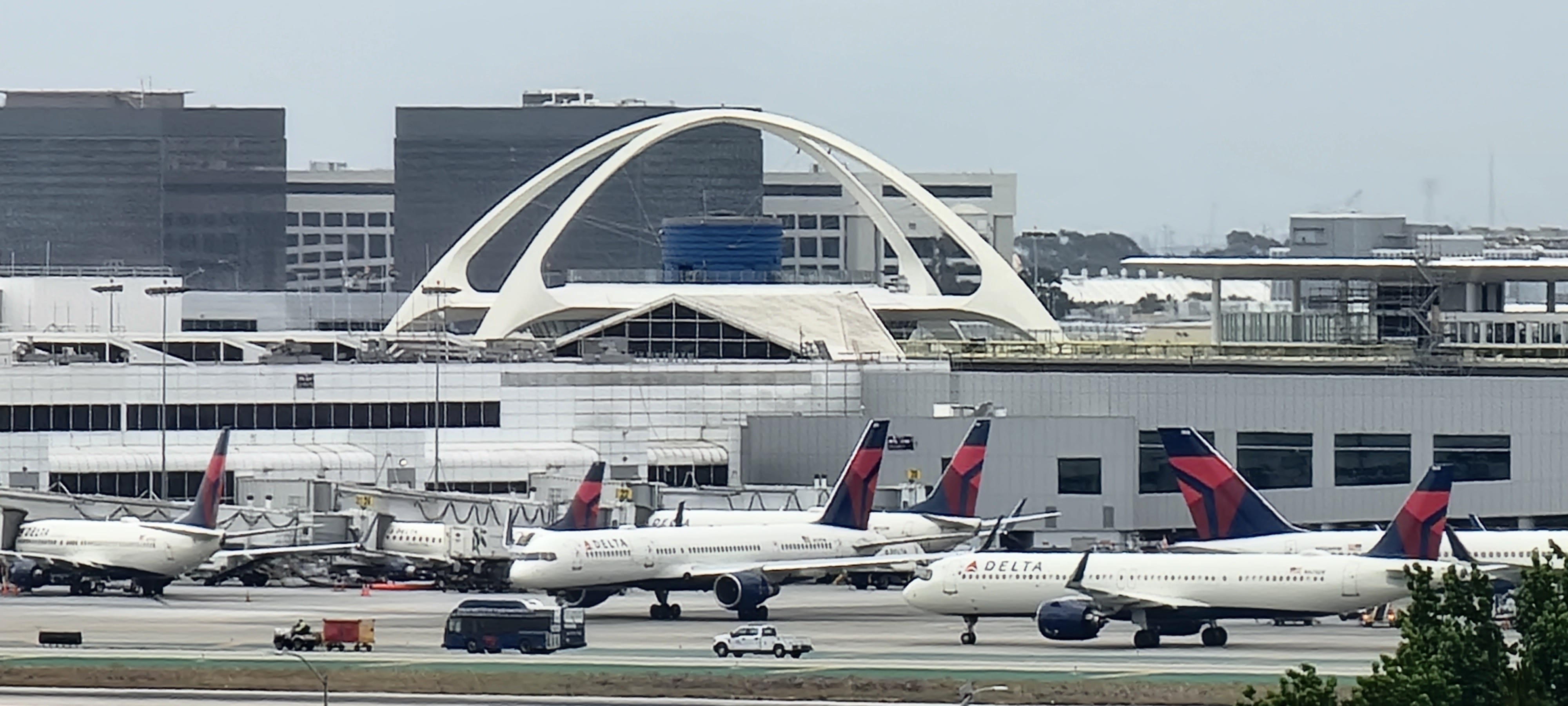















![American Airlines Offering 5,000-Mile Main Cabin Awards—Because Coach Seats Aren’t Selling [Roundup]](https://boardingarea.com/wp-content/uploads/2025/05/32387544a799e8261f927c3eb9f4934a-scaled.jpg?#)
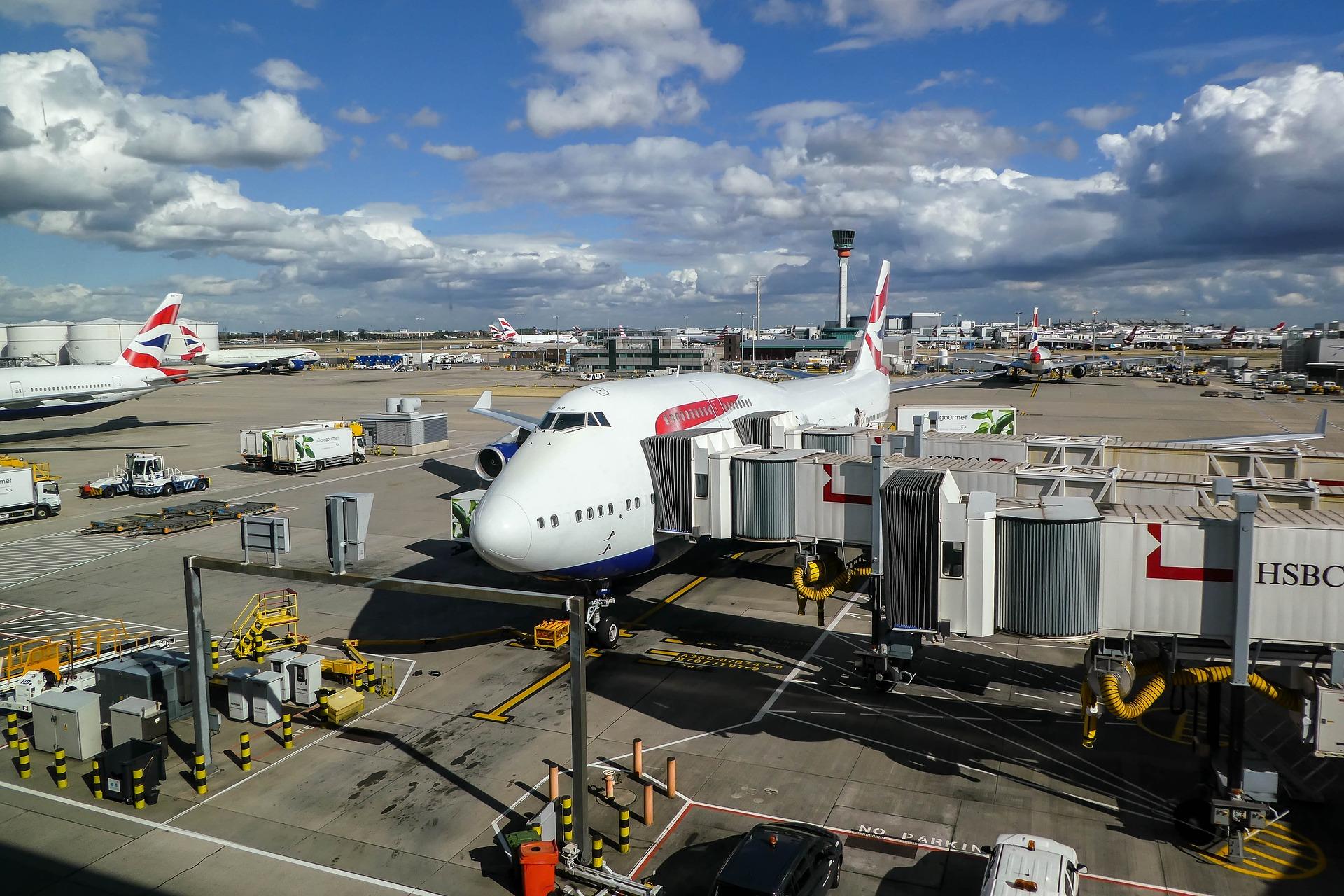

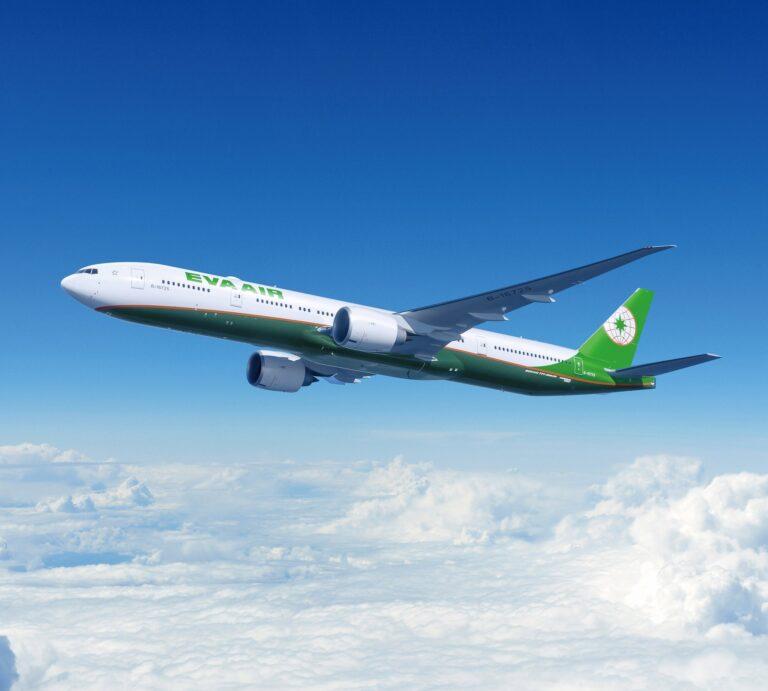





![[Expired] 100K Chase Sapphire Preferred Card offer](https://frequentmiler.com/wp-content/uploads/2025/04/100K-points-offer.jpg?#)







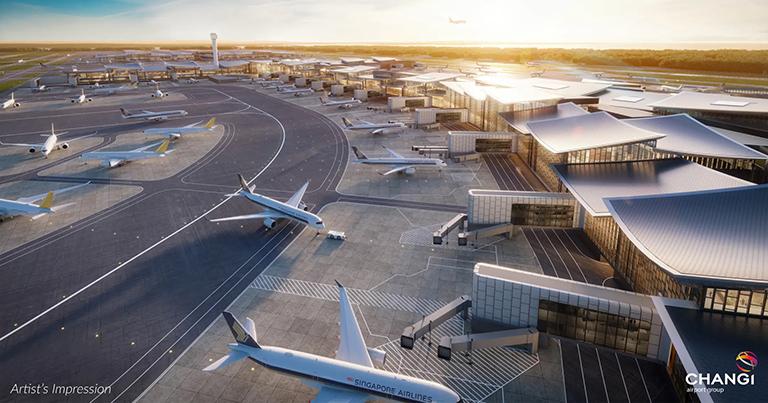
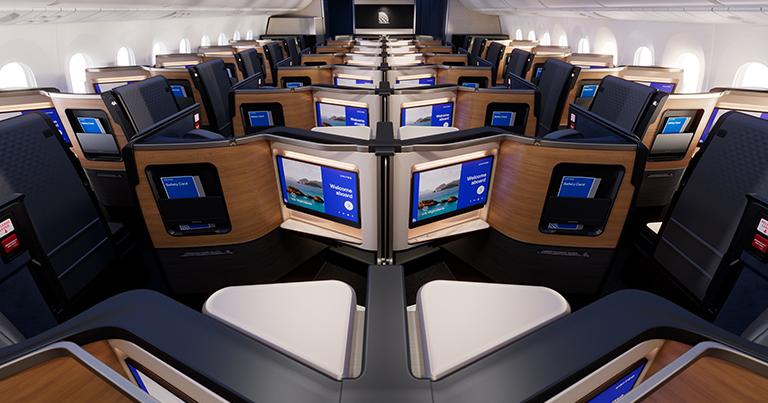

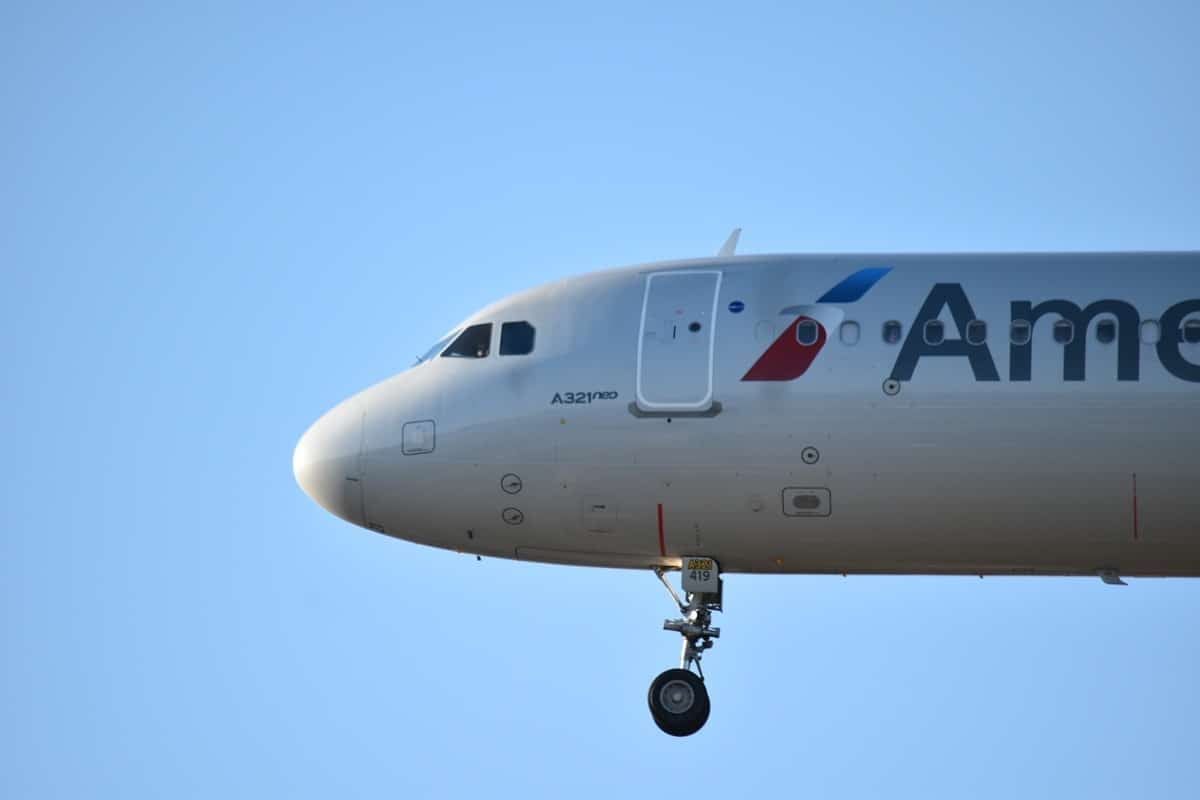
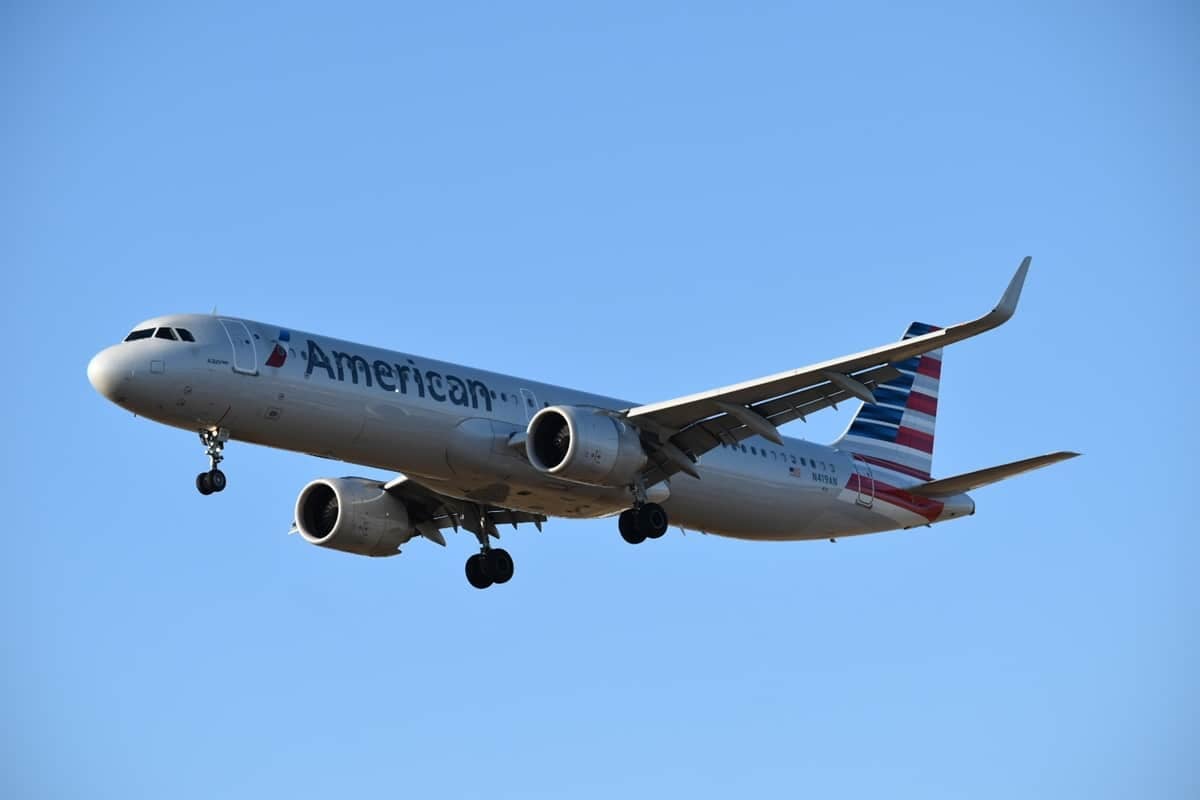
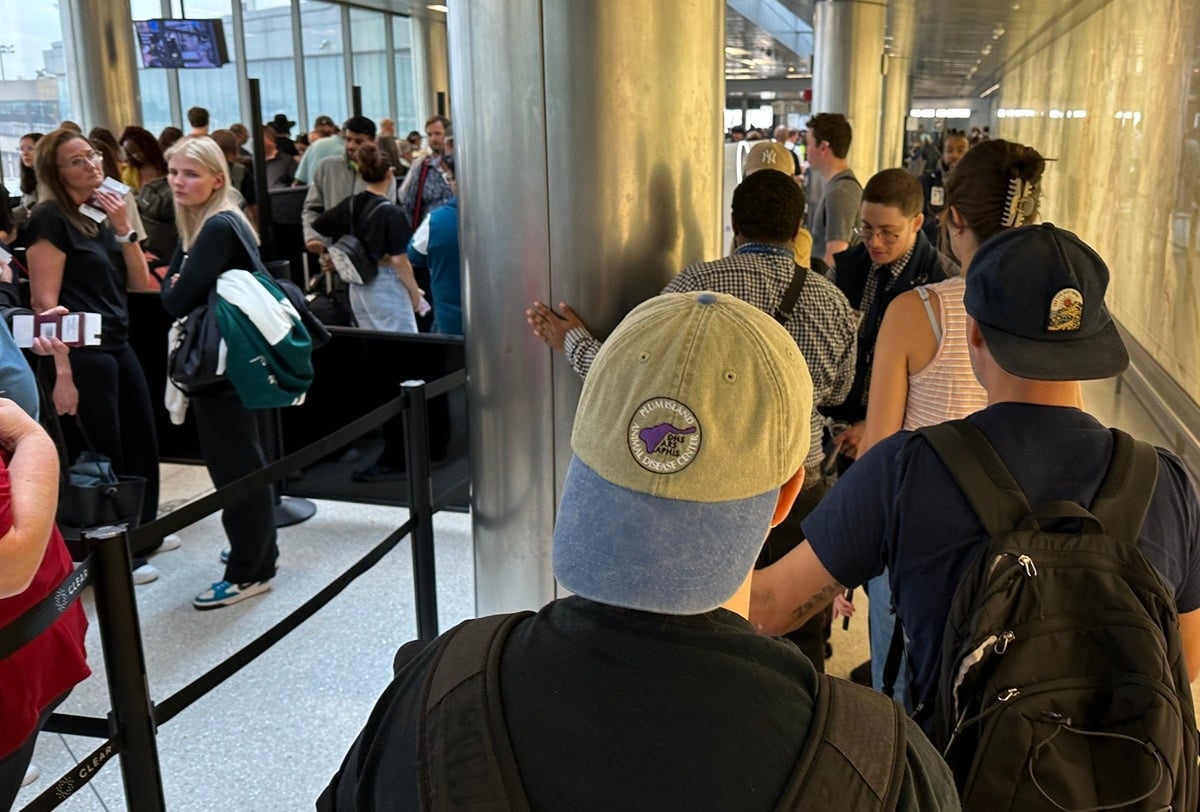



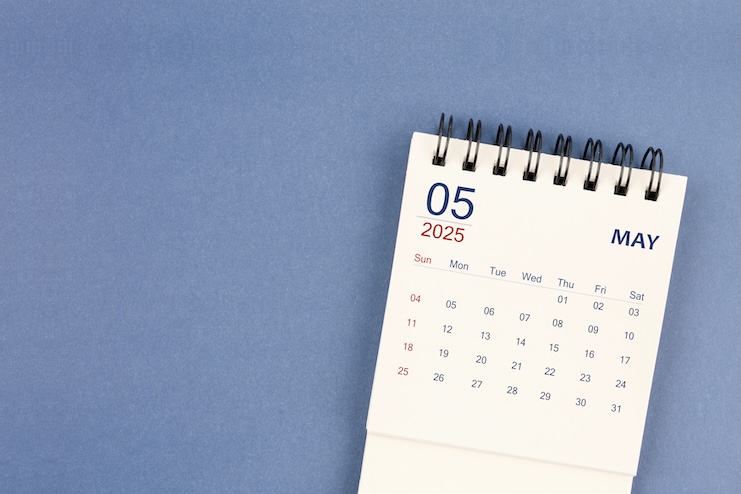













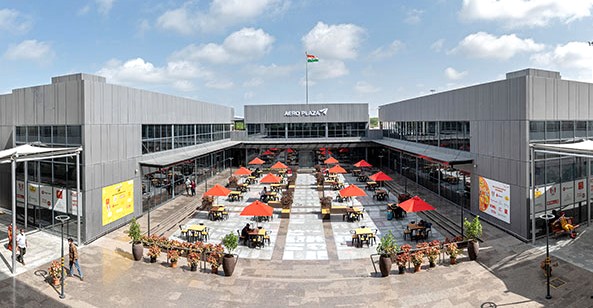











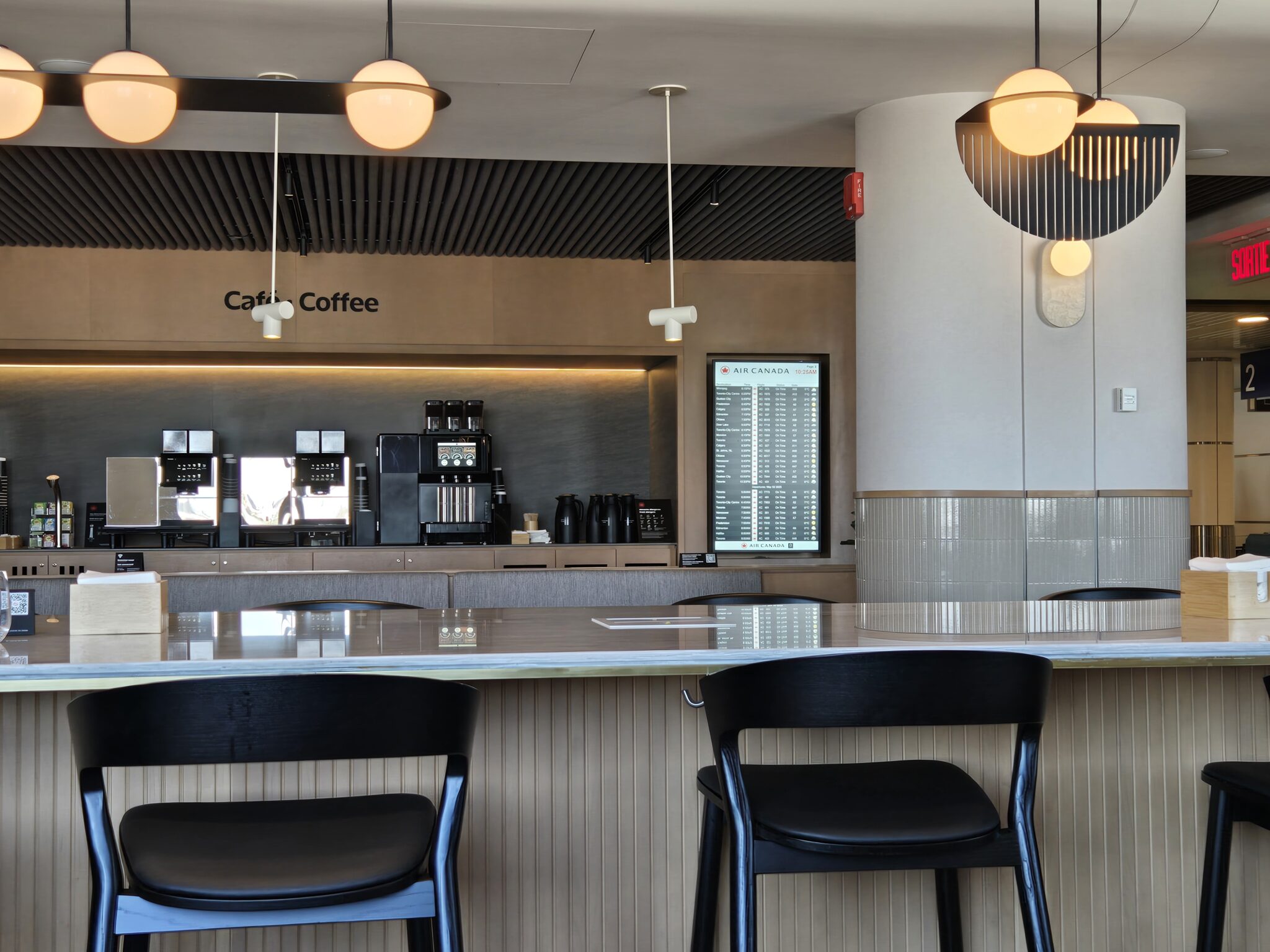
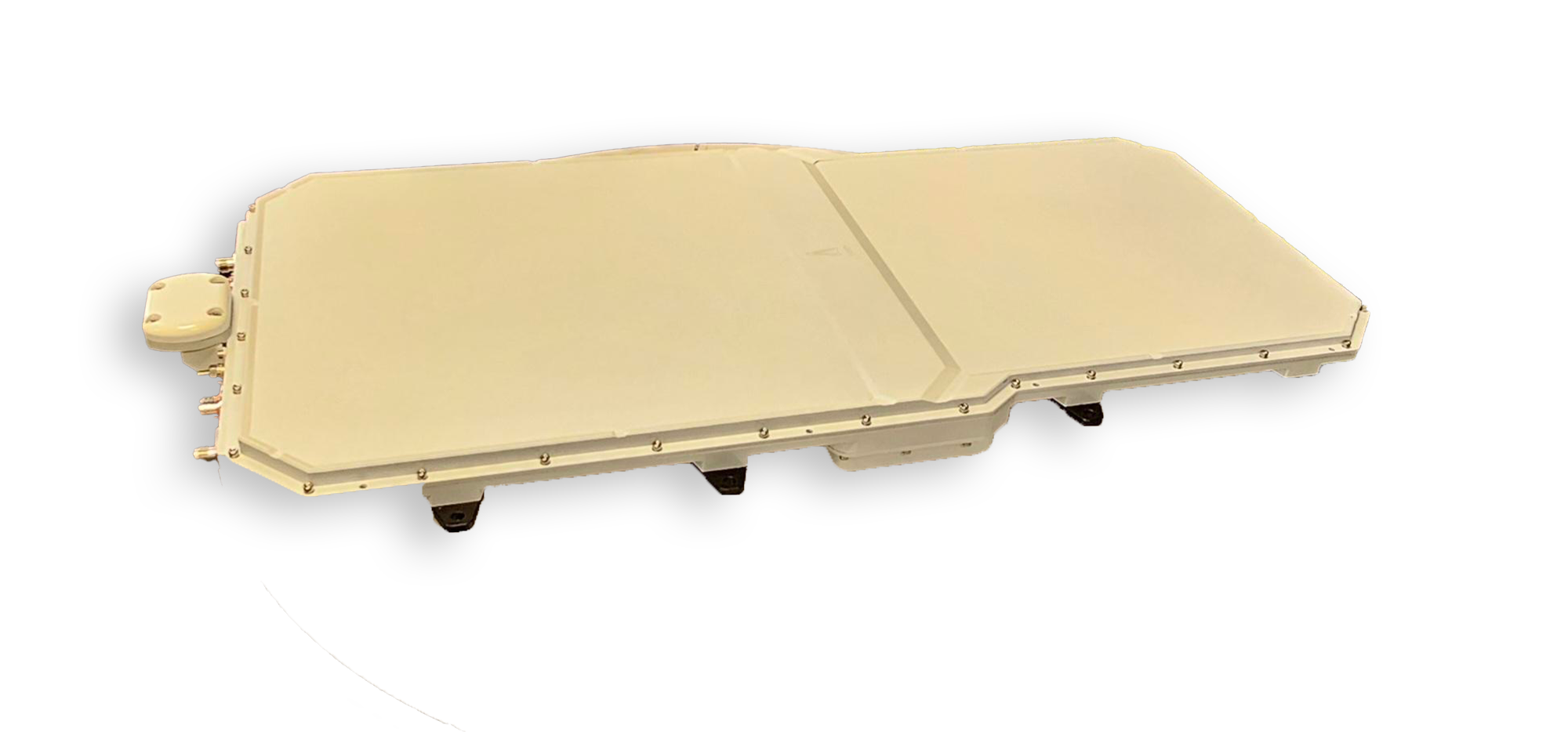



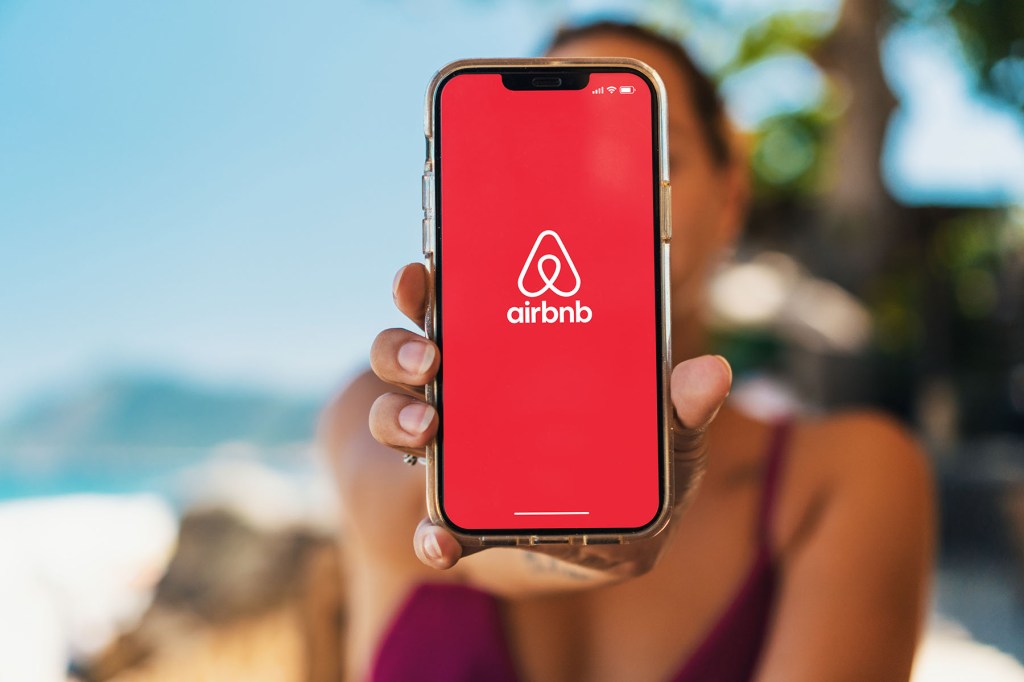





















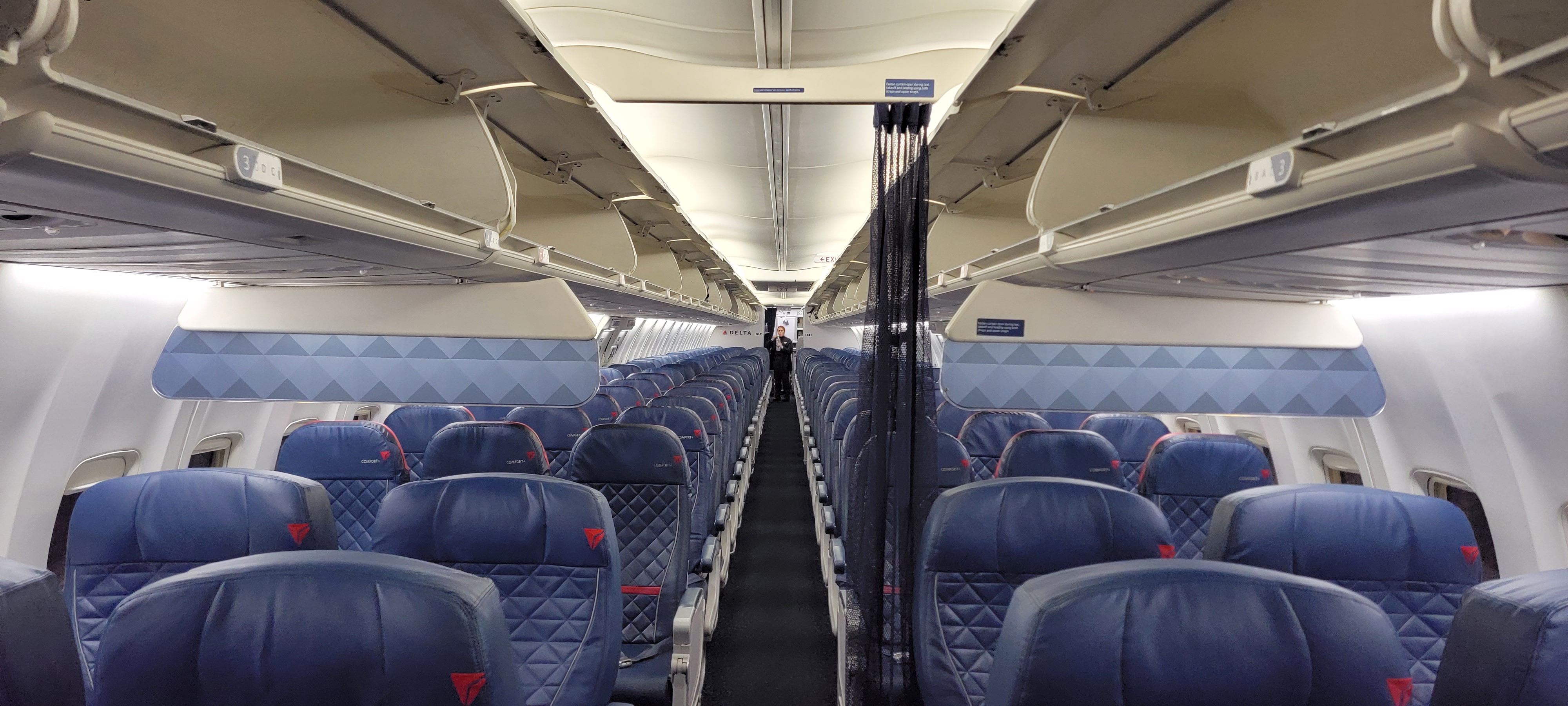

![Air Traffic Controller Claps Back At United CEO Scott Kirby: ‘You’re The Problem At Newark’ [Roundup]](https://viewfromthewing.com/wp-content/uploads/2025/05/scott-kirby-on-stage.jpg?#)






















-Marathon-Gameplay-Overview-Trailer-00-04-50.png?width=1920&height=1920&fit=bounds&quality=70&format=jpg&auto=webp#)









































































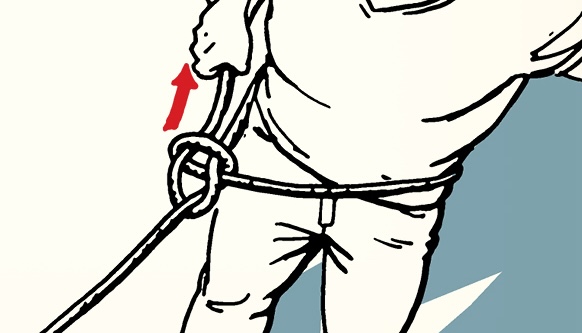










































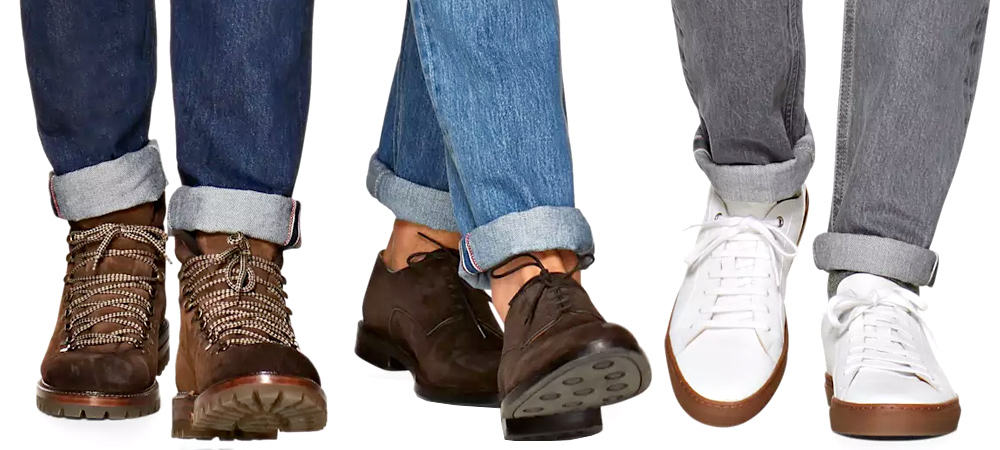





















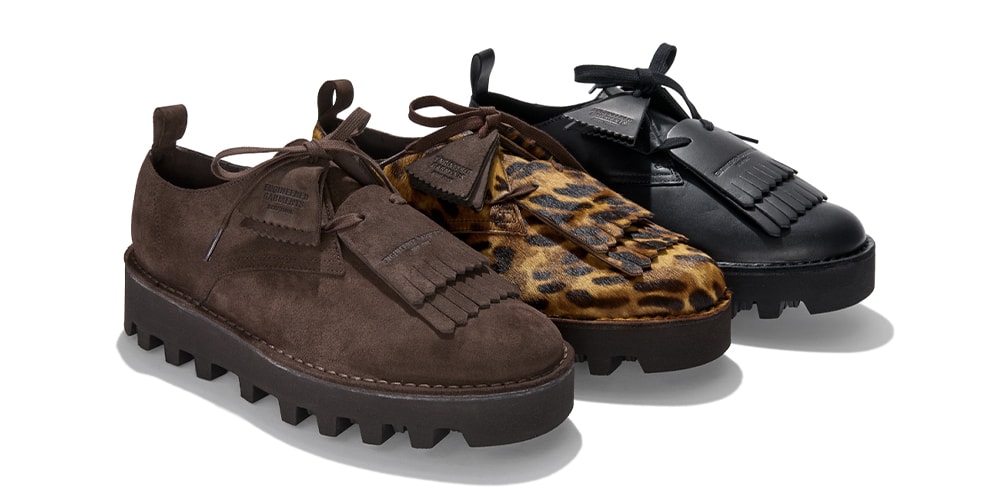



![[Podcast] Making Brands Relevant: How to Connect Culture, Creativity & Commerce with Cyril Louis](https://justcreative.com/wp-content/uploads/2025/05/cyril-lewis-podcast-29.png)


























